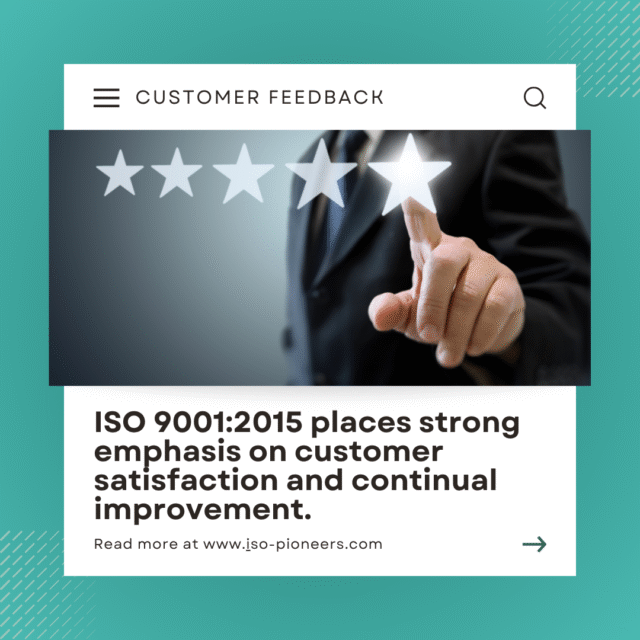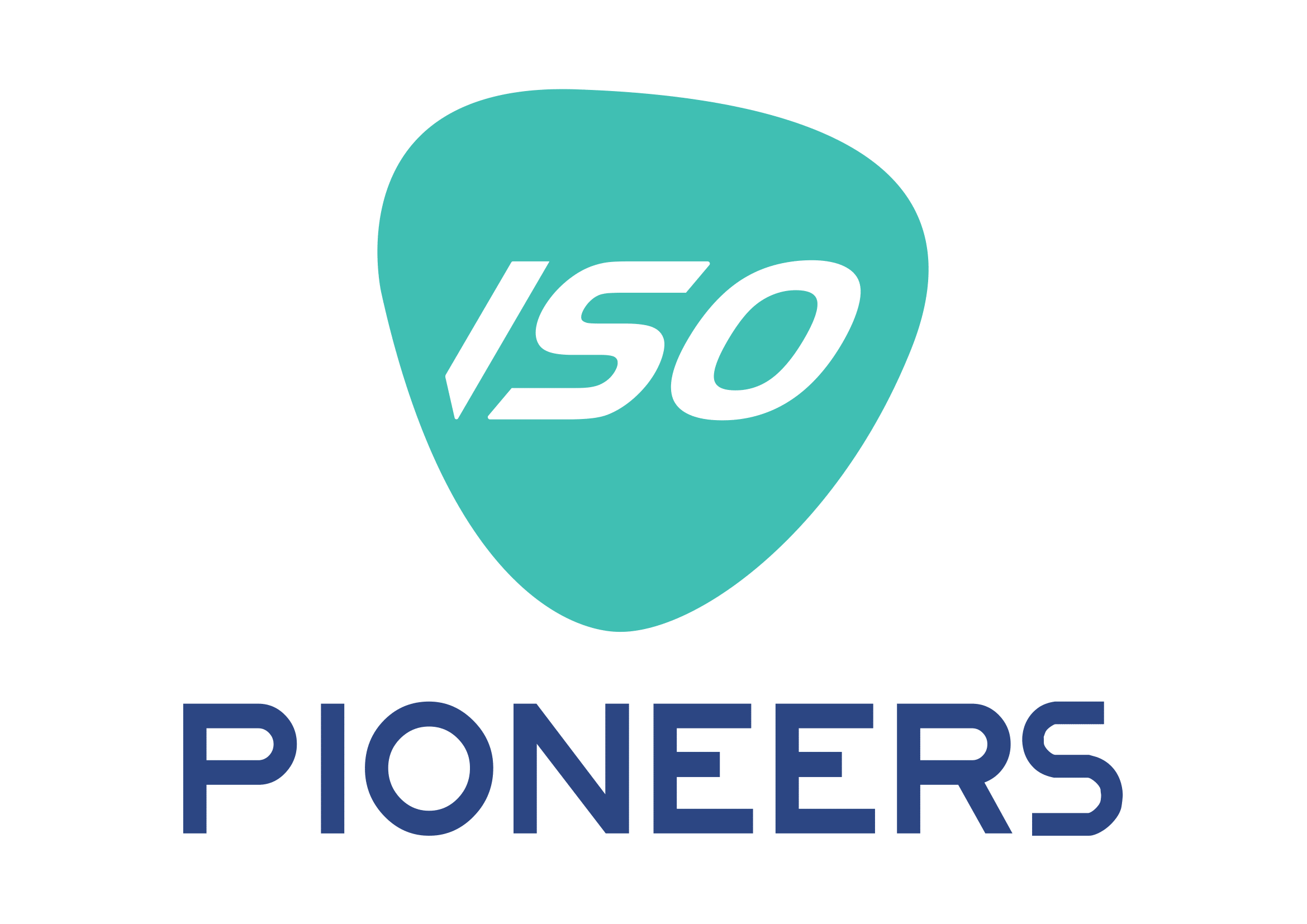In any organization committed to quality, understanding the voice of the customer is a fundamental driver of improvement and service excellence.
ISO 9001:2015 places strong emphasis on customer satisfaction and continual improvement. One of the most practical tools for gathering this insight is the Client Feedback Form.
This form is more than just a piece of paper or an online survey — it’s a direct link between the organization and its clients, offering valuable information about what’s working, what needs improvement, and how the organization is perceived from the outside.
What Is the Client Feedback Form?
The Client Feedback Form is a standardized tool designed to collect structured feedback from clients after the delivery of a product or service.
It typically covers areas such as:
- Service quality
- Timeliness and responsiveness
- Communication and professionalism
- Overall satisfaction
- Suggestions or complaints
While the format may vary depending on the type of client or service provided, the purpose remains the same: to listen, learn, and improve.
Why the Form Matters in ISO 9001:2015
ISO 9001:2015 requires organizations to monitor customers’ perceptions of the degree to which their needs and expectations have been fulfilled.
By collecting and analyzing client feedback systematically, the organization gains:
- A better understanding of how customers experience its services
- Early warning signs of dissatisfaction or unmet needs
- Data to support continual improvement initiatives
- Evidence for management review and strategic decisions
How the Form Is Used
The Client Feedback Form is usually issued at the end of a service engagement, project, or delivery of service or product.
Depending on the business model, it may be sent:
- As a printed form handed over in person or via email.
- As a link to a digital survey
- As a QR code embedded in a report or invoice
Once the feedback is received, it must be recorded, reviewed, and actioned. This is where the value is either realized or lost.
A typical use cycle includes:
- Issuance: The form is shared with the client promptly, with a short explanation of its purpose.
- Collection: Completed forms are received and logged. Even low response rates are tracked.
- Review: Responses are analyzed for trends, notable concerns, or praise. Any complaints or low scores trigger internal review.
- Action: Feedback requiring improvement is routed to the relevant department or process owner. In serious cases, corrective action may be initiated.
- Documentation: All feedback is retained as part of the QMS records. It may be discussed in management review meetings, particularly when it affects objectives or risk planning.
The Role of Feedback in Continual Improvement
Client feedback goes beyond addressing issues; it provides valuable insight into your organization’s strengths and highlights opportunities to elevate the overall client experience. Over time, this builds stronger relationships, encourages repeat business, and enhances reputation.
For example:
- Repeated praise about a team’s responsiveness may lead to that becoming a service differentiator.
- Complaints about unclear documentation might trigger a review of report templates or communication protocols.
Feedback, when handled proactively, becomes a source of innovation and growth.
A Note on Transparency and Responsiveness
One of the biggest mistakes organizations make is collecting feedback but failing to follow up. If a client submits a form especially one that raises a concern—they expect to be heard. Acknowledging the feedback, thanking the client, and explaining how their input will be used builds trust and shows commitment to quality.
Conclusion
The Client Feedback Form serves as more than an administrative task, it is a vital tool that integrates the customer’s voice into the heart of your Quality Management System (QMS). Used consistently and thoughtfully, it becomes a powerful instrument for learning, improvement, and alignment with ISO 9001’s customer-centric approach.
It reminds us that quality is not defined solely by internal metrics—it’s confirmed by the people we serve.
While there are many possible areas to measure, it’s essential to tailor them to suit your specific services and products. Each point should be thoroughly analyzed to understand where you currently stand and identify key areas for improvement.
To support your journey, we’re sharing a sample Client Feedback Form—just one of over 50 ready-to-use templates included in our comprehensive ISO 9001 documentation set. These resources are designed to simplify the process for anyone looking to establish or enhance their Quality Management System.
Feel free to download the form and reach out to us for any further support you may need.
[CN]-QMS-F-026 Client Feedback Form


